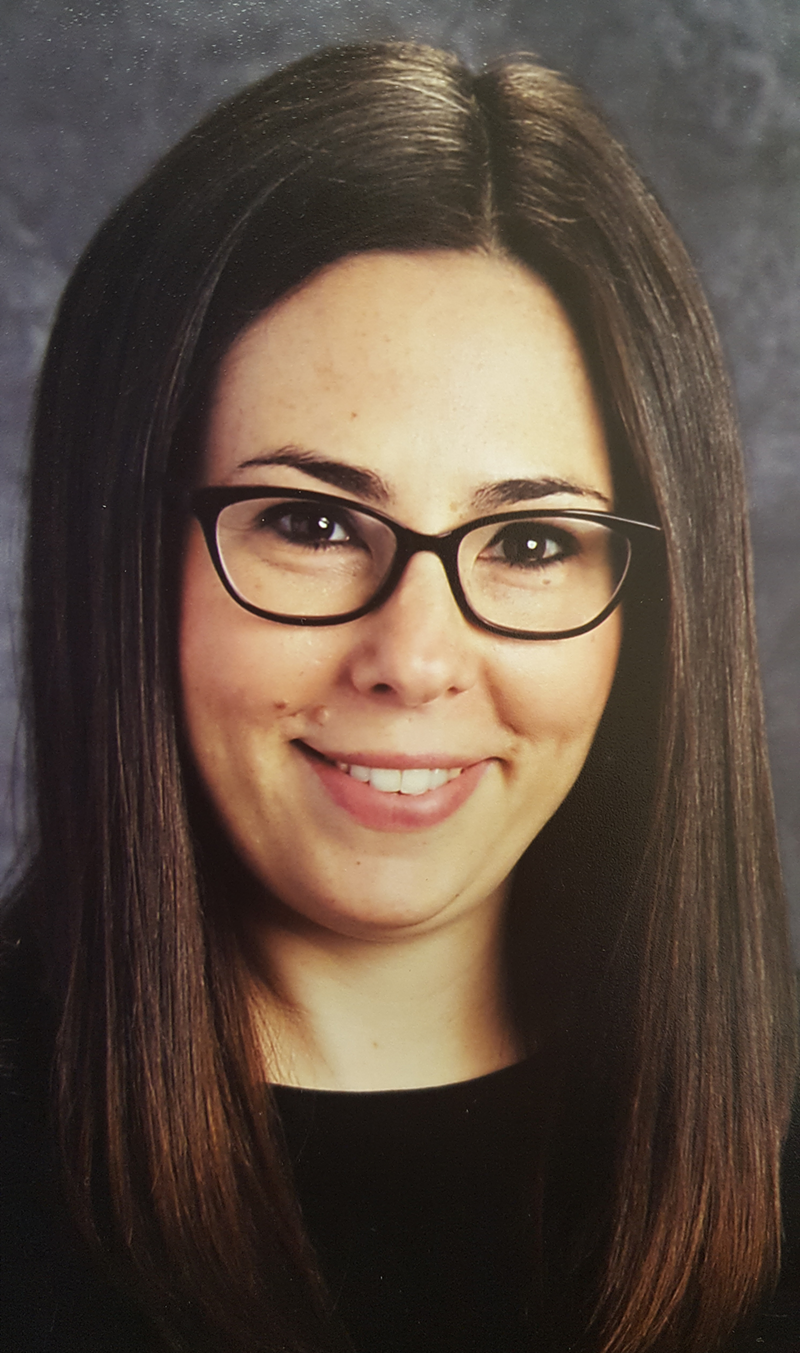The Holocaust & Humanity Center, founded by Holocaust survivors and their families, has been a presence in Cincinnati since 2000 with its educational programs and small museum. It currently has space inside Kenwood’s Rockwern Academy, a Jewish community day school.
It has steadily developed a following — on my recent visit, people slowly but continually arrived to see a traveling exhibit about Anne Frank. Yet, one wouldn’t say the relatively young institution is equal in name recognition with, say, the Cincinnati Museum Center.
But that is on course to soon change. In fact, once the ongoing renovation of Union Terminal is done, the Holocaust & Humanity Center will become part of the Cincinnati Museum Center.
“Visibility is important to us,” says Sarah L. Weiss, executive director of the Holocaust & Humanity Center. “Over the years, people have said to us, ‘You’re a hidden gem.’ We don’t want to be a hidden gem.”
“And there’s an authentic connection between the history of our work and the (new) space,” she continues. “Most of the refugees who came here before the war, and the (Holocaust death camp) survivors who came here after the war, came to Cincinnati by train. So their first steps at rebuilding their lives in our community were at Union Terminal.”
Those numbers of refugees and survivors totaled more than 1,000, she says. Plus, many American soldiers also returned home by train after defeating the Nazis to end World War II. The Nazis were intent on exterminating the Jews of Europe at death camps, and did murder some 6 million.
The Holocaust & Humanity Center has hired Berenbaum-Jacobs Associates and Jack Rouse Associates to design the new 7,500-square-foot exhibit space at the Cincinnati Museum Center. It will be on a lower floor, part of reconfigured space that has held the Cincinnati History Library and Archives and a gallery. The center currently has some 2,000 objects — artifacts and archival material — and is looking for more, especially ones that relate to the stories of local Holocaust survivors and their families.
“We will start the (visitor) experience with an art piece comprised of facsimiles of all the documents needed to come to Cincinnati — the passports and affidavits; for the soldiers, orders or copies of dog tags,” Weiss says.
The gallery telling the story of the Holocaust will use the experiences of the people featured in the exhibit’s beginning, as well as introduce stories of others. It will also put their stories in the context of the larger historical event.
The second “humanity” gallery will attempt, among other things, to introduce and inspire visitors with stories of “upstanders.” There were bystanders, victims, perpetrators and upstanders, Weiss explains. The latter were “individuals who didn’t go along, who resisted in big or small ways,” she says. “When we pivot to the humanities gallery, (it) will look at how all of us can be upstanders in our own way and in our own communities, using our own talents and skills to work on issues current in our present day.”
Weiss said the center has set a goal of $11 million for the new space, plus $4 million in testamentary commitments for an endowment. To date, it has raised $8.5 million toward the first goal, from individuals and foundations, and $3.5 million toward the second. Donors Nancy and David Wolf have committed $5 million of the overall amount. The center has also requested $500,000 in capital funding from the state.
This month, the Holocaust & Humanity Center is presenting the Violins of Hope concert at Music Hall at 7:30 p.m. on Jan. 23. The eight violins once were played by captive musicians during the Holocaust and subsequently restored by Israeli violin-maker Amnon Weinstein and his son Avshi. (The center brought one of these violins, used at the Auschwitz death camp, to Cincinnati previously.) At Music Hall, they will be played by members of the Cincinnati Symphony Orchestra, Cincinnati Chamber Orchestra and the Ariel Quartet.
“It’s connected to our move,” Weiss says. “It’s just a year from when we’ll open our new museum at our new home in Union Terminal, so it’s the perfect time to bring a major event to the community.”
For more information on the Holocaust & Humanity Center and its upcoming move, or for tickets to Violins of Hope, visit holocaustandhumanity.org.


